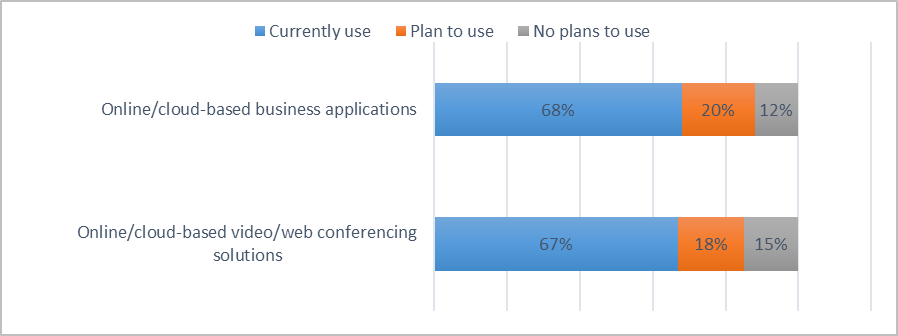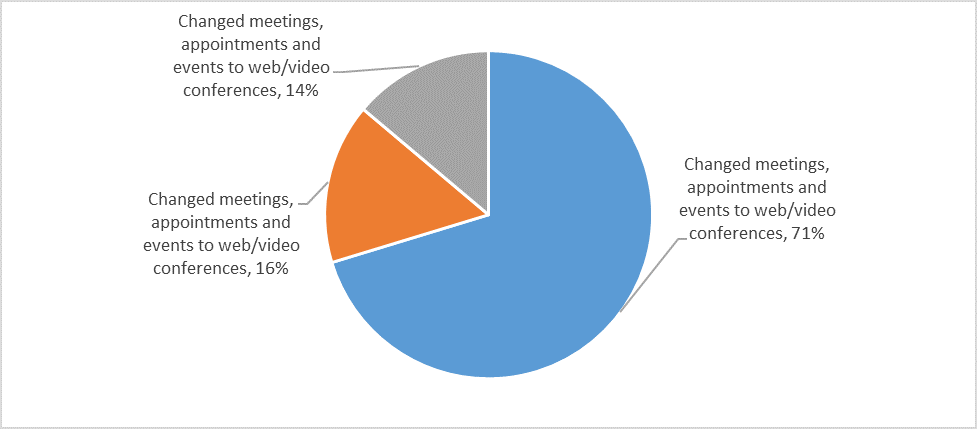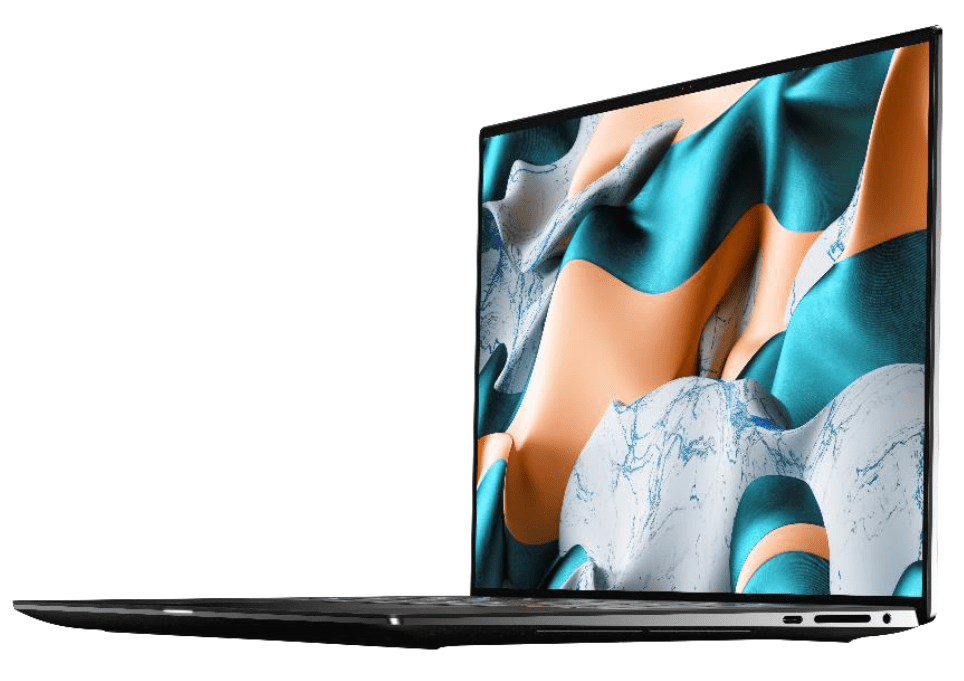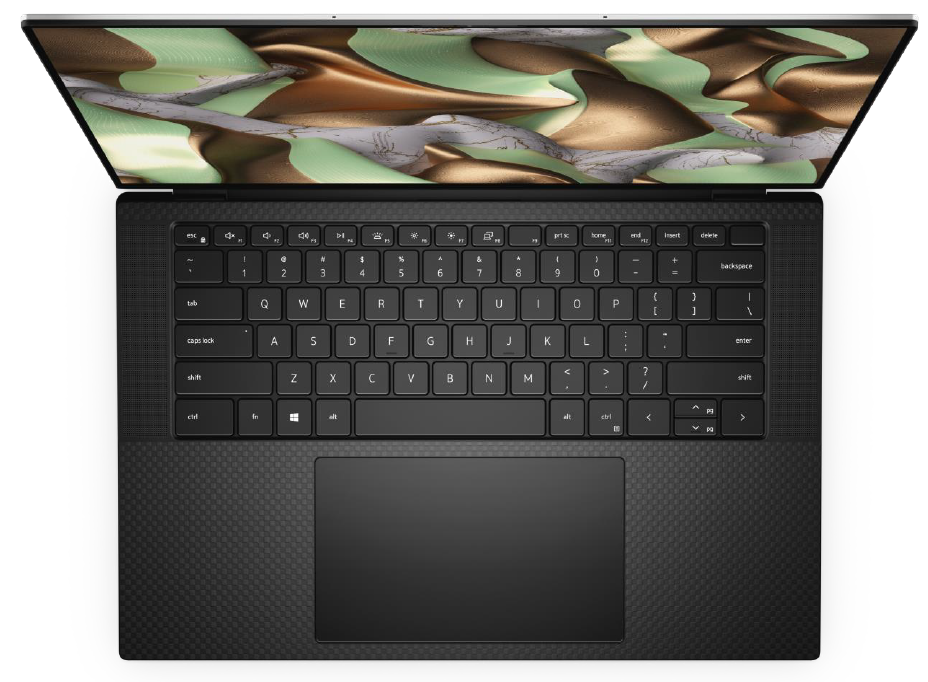The practice of working from home has skyrocketed in the wake of the COVID-19 crisis, as companies told their employees to stay home to comply with the widespread quarantine and social-distancing requirements. Small and medium businesses (SMBs) have had to coordinate a sudden and massive migration to work from home (WFH) for almost all of their employees, using collaboration tools in ways that are both productive and secure.
Companies are coming to terms with the “new normal,” which for now will include a large percentage of employees working from home. Consequently, SMBs are evaluating and re-imagining the infrastructure and tools required for this new path forward.
COVID-19, also known as the coronavirus, is having a devastating effect on SMBs—the engine of the U.S. economy and those around the world. How deep and broad is the impact? SMB Group sought to answer that question through a survey of more than 500 SMB and midmarket decision makers and influencers.
Key findings include the following:
• A staggering 75% of all SMBs report that COVID-19 is negatively impacting their business. 19% have not experienced a negative effect to date, and 6% are not sure of the effect on their business.
• As the economy reopens, working from home will be the new normal for most SMBs employees. Therefore, SMBs must provide employees with the tools and resources that enable them to work productively and securely. The top solutions needed to support WFH employees include cloud-based business applications, video/web conferencing solutions and file-sharing solutions (Figure 1).
• The video/web conferencing and screen sharing solutions saw massive increase in adoption as all the meetings, appointments and events moved to a virtual medium without concern over social-distancing (Figure 2).
Figure 1: Top solutions to support WFH employees
 Source: Impact of COVID-19 on Small and Medium Businesses, SMB Group, April 2020
Source: Impact of COVID-19 on Small and Medium Businesses, SMB Group, April 2020
Figure 2: Changes in Meetings, Appointments and Events
 Source: Impact of COVID-19 on Small and Medium Businesses, SMB Group, April 2020
Source: Impact of COVID-19 on Small and Medium Businesses, SMB Group, April 2020
The workhorse for the new WFH paradigm is the endpoint—the laptop. The following are key considerations for laptops used by WFH employees:
• Performance
• Form factor and display size
• Video and audio quality
• Keyboard and touchpad
• Battery life
• Weight
• Software, warranty and support
• Connectivity
• Data migration tools
How does the new Dell XPS 15 meet the requirements of WFH employees?
- Performance: Performance is never good enough, but the XPS 15 has 10th Gen Intel Core processors with an i9 option (available June 19) and up to 64 GB of memory. This is augmented with an integrated Intel UHD GPU or NVIDIA GeForce GTX 1650 Ti GPU with 4 GB of VRAM for more graphics-intensive tasks.
- Display: A bold, vibrant 15.6″ touch-enabled four-sided InfinityEdge display with a 16:10 aspect ratio is 5% larger than the previous XPS 15 model, boosting productivity and reducing strain on eyes. This display is the hallmark of the XPS family of laptops and brings the frequent Zoom conference call sessions to life.

- Webcam quality: After enduring hours of Zoom sessions in the current pandemic environment, the quality of the webcam (in addition to the screen size) has become one of the key considerations in the selection of a laptop. The XPS 15 webcam provides vibrant, top-quality images.
- Audio: The up-firing speakers and microphones with echo cancellation and noise reduction technology offer a real-life face-to-face immersive audio experience without the need for WFH employees to wear headsets during hours of audio and video conferencing sessions.
- Keyboard and touchpad: The 5.9 x 3.5-inch Precision touchpad is spacious, fast and responsive. The backlit keypad has larger keys and generous spacing—features that make the laptop less strenuous to use during the long hours employees spend on these devices.

- Battery life: The XPS 15 will last up to 25 hours on FHD+—through a full workday. This is a longer-lasting battery life compared to that of most laptops.
- Software and warranty: Dell provides a good lineup of useful pre-installed software on the XPS 15. The SupportAssist program automates support from Dell by identifying hardware and software issues on Dell laptops, and it notifies users when an issue is detected. Power Manager runs diagnostics on the system’s battery as well as adjusts fan speed and power consumption.
- Warranty: The Dell XPS 15 ships with a one-year limited warranty.
- Dell Mobile Connect: Enabling wireless integration between smartphones and Dell PCs, Dell Mobile Connect is another program that is valuable for remote workers. It mirrors an Android or iOS device onto the laptop to interact with apps, allowing users to make calls, send texts and receive notifications on iOS and Android phones. Users can also transfer files, photos, videos, music and documents between their PC and their phone without complicated cloud storage or cumbersome cables.
What is the impediment to move to a new PC?
The lack of technology resources available to help move data from existing PCs to a new system can deter consumers and SMBs from purchasing new devices. The COVID-19 pandemic has exacerbated this issue, as one cannot leave their system at a support facility or wait for several hours for spotty help from an online resource. In such instances, Dell’s Migrate service comes to the rescue of consumers and SMBs.
Dell Migrate helps SMBs easily move files from old Windows PCs to new Dell PCs.
The single biggest impediment to SMBs’ purchase of new laptops is easy data migration. While not designed exclusively for SMBs, Dell Migrate is a new service that assists in the migration of data and files from any Windows 8 or higher PC (regardless of manufacturer) to a new Dell PC. The entire process happens wirelessly.
Dell Migrate key highlights:
- Consumers and SMBs can migrate data and settings from any Windows 8 (or higher) PC, regardless of manufacturer, to their new Dell Inspiron and XPS systems.
- Dell Migrate discovers data in locations beyond the normal directory and migrates it.
- The service provides real-time estimates of how much drive space will be used before migration begins.
- Users can migrate only essential data and leave behind data that is no longer needed.
- The process is easy and automated.
Dell’s Migrate service is now available for purchase in the United States for $39 and is delivered through the SupportAssist interface, which is preinstalled on all Dell PCs.
What is the comparison for the Dell XPS 15?
The Dell XPS 15 is a great alternative to the 16-inch Apple MacBook Pro. Comparing similarly configured products, the Dell XPS 15 is much more cost effective than the MacBook Pro 16-inch—several thousands of dollars savings in the current financially strained environment—with similar performance.
Summary:
The new Dell XPS 15 provides a good balance of power, form factor and portability with an unparalleled immersive visual and sound experience—delivering the ultimate WFH collaboration and productivity experience to SMB employees as the world reopens following the pandemic.
